Of the Deltoid muscle is a large, flat skeletal muscle that, when spread out, resembles a triangular scarf and spans the entire shoulder. It holds the head of the humerus in the socket and, together with other muscles, lifts the humerus at a certain angle.
What is the deltoid muscle?
Of the Deltoid muscle or Deltoid is part of the shoulder muscles and spans the shoulder joint in a front part (front deltoid muscle), a side part (middle deltoid muscle) and a rear part (rear deltoid muscle).
The anterior deltoid arises from the clavicle (Clavicle), the middle to the shoulder roof (Acromion) and the posterior deltoid arises from the shoulder blade. All three parts of the muscle point downwards Deltoid tuberosity towards, to the point of attachment on the humerus on the side of the joint head, which is shared by all three parts of the approximately 2 cm thick deltoid muscle. The development of the deltoid muscle gives the shoulder its appearance. A trained deltoid gives the impression of “broad shoulders”. The deltoid muscle is motor-innervated by a branch of the axillary nerve (Axillary nerve), which innervates two more shoulder muscles. The axillary nerve arises from the plexus of nerves Brachial plexusconnected to the spinal cord between the 5th and 6th cervical vertebrae (C5-C6).Anatomy & structure
The deltoid muscle is a three-part, two-dimensional skeletal muscle, which - like almost all skeletal muscles - is made up of striated muscles. The deltoid muscle is subject to the will and is motorized by an efferent branch of the axillary nerve.
Each part of the deltoid muscle is made up of muscle fiber bundles, with each muscle fiber in turn consisting of several thousand thread-like myofibrils. They run through the muscle fibers over their entire length and are composed of small units, the myofilaments. Muscle contraction takes place in the myofilaments, which consist of special proteins.
After receiving the command to contract, the individual myofilaments slide into one another and form the typical stripe pattern, which has given the skeletal muscles the additional designation cross-striated. However, the deltoid muscle is not simply a receiver of commands via the efferent nerve fibers, which can only transmit the command to “contract”. The muscle is also connected to the central nervous system via sensitive, afferent fibers of the mixed axillary nerve and can influence the immune system and other body functions.
Function & structure
The deltoid muscle is responsible for most of the movements of the upper arm. In a complex interplay, the three parts of the deltoid muscle allow the upper arm to move in all conceivable directions and rotations.
The front part of the flat muscle (Pars clavicularis) enables the arm to be raised (forwards, upwards), an expansion (adduction) to the body and an internal rotation. The middle part of the muscle (Pars acromialis) can spread the arm (away from the body), and the rear part (Pars spinalis) is responsible for lifting back (backwards and upwards), for external rotation and also for splaying in a certain angular range.Combined lifting, spreading and rotating movements are only possible in complex mutual support. The three muscle parts sometimes act as synergists or as antagonists such as the pars clavicularis and the pars acromialis. While the former can act as an adductor (spreader), the pars acromialis appears as an abductor (spreader) and in this case is the antagonist to the pars clavicularis.
In addition to its function as a “mover” of the upper arm, the deltoid muscle also has a protective function. It covers the shoulder joint extensively and thus acts as a mechanical protection for the shoulder joint from the effects of violence from blows, stitches or blows with blunt objects. The mechanical protective function is comparable to that of a flexible shoulder protector.
It is also interesting that in the area of the deltoid muscle, which is located at an exposed point, there are no larger vessels or nerve tracts. This means that the use of mechanical force may injure the deltoid muscle, but can hardly cause secondary damage through nerve or vascular lesions.
You can find your medication here
➔ Medicines for back painIllnesses & ailments
Functional impairments of the deltoid muscle can be caused by pathological changes in or on the muscle itself or have their origin in damage to the axillary nerve. The most common type of impairment of the deltoid muscle is permanent tension, which can result from excessive strain or repetitive improper strain.
Long-term stress also promotes the development of such tension. Unfavorable postures on the PC, combined with stressful situations, promote the development of muscle hardening enormously. A direct impairment of the deltoid muscle can be caused by so-called lipomas.
These are benign tumors of the cells of the adipose tissue. Lipomas in the deltoid are usually noticeable as small bumps on the surface. In rare cases, the muscle can be affected by venous thrombosis or inflammation of the arm veins. In the case of shoulder pain in the deltoid area, it is often not the muscle itself that is affected, but an inflamed bursa that causes the discomfort.
The most common nerve-related impairments of the muscle are a (mechanical) compression of the axillary nerve, which can be triggered by narrowing in the "passage points" of the nerve and lead to neuritis. Another nervous impairment can be caused by shoulder amyotrophy, which occurs rarely.
It is an inflammation in the plexus brachialis nerve, from which the axillary nerve originates and innervates the deltoid muscle. Symptoms are sudden tearing pain in the shoulder that may radiate to the arm. As the disease progresses, symptoms of paralysis occur, mainly affecting the deltoid muscle.

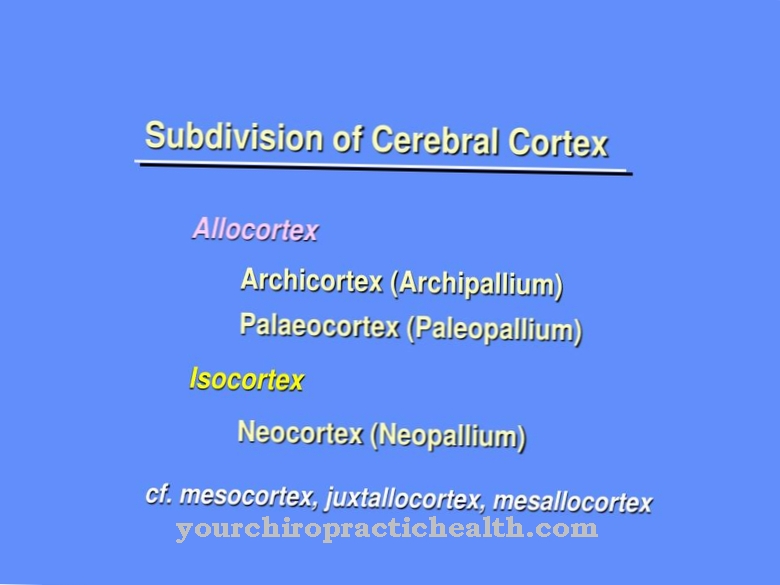
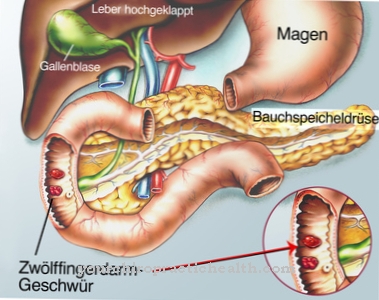
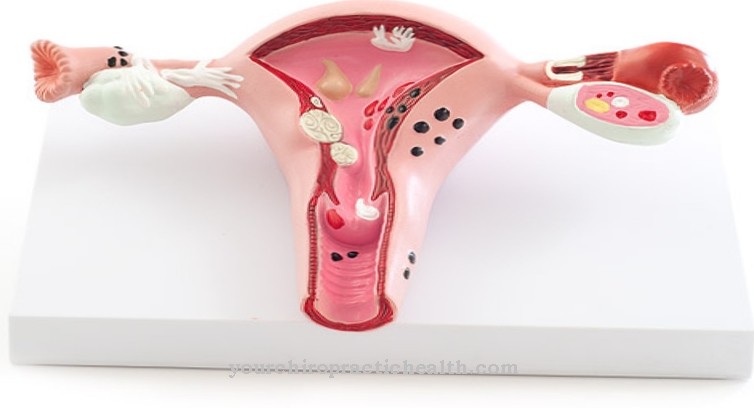
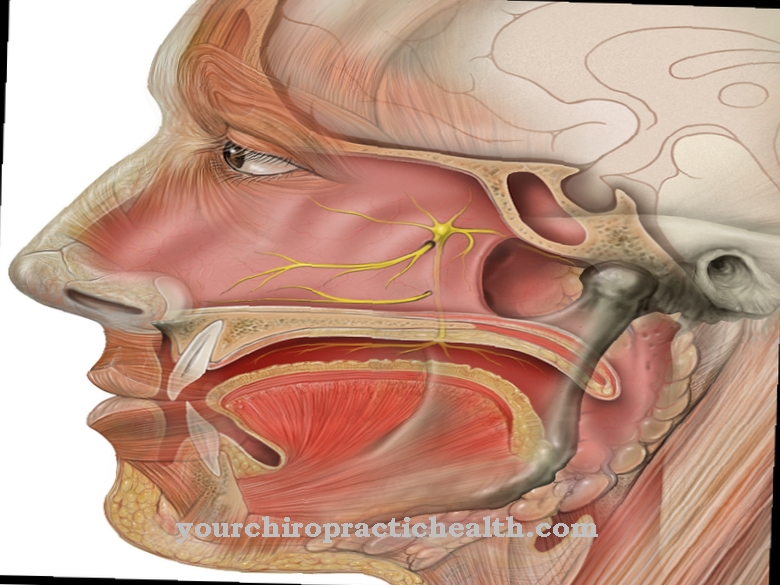
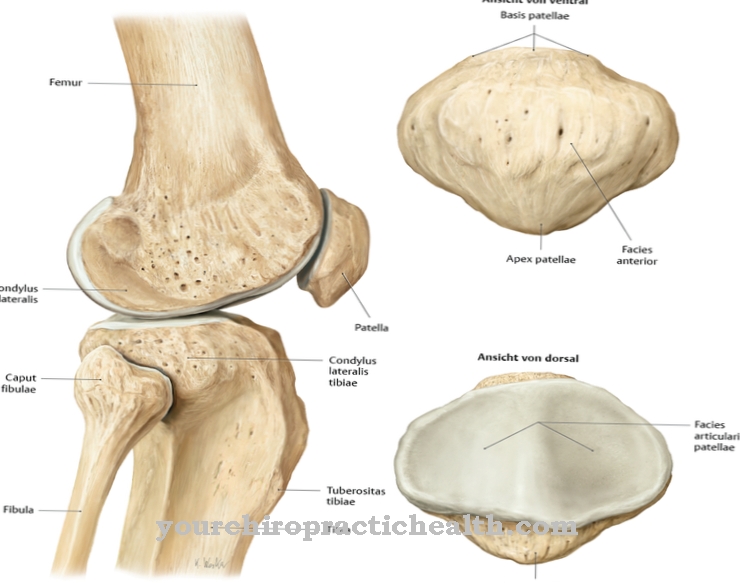
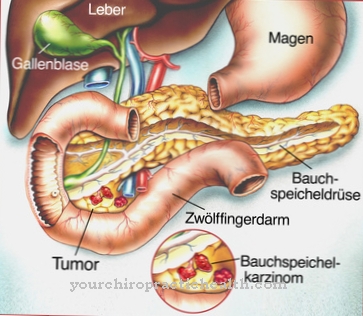


















.jpg)

.jpg)
